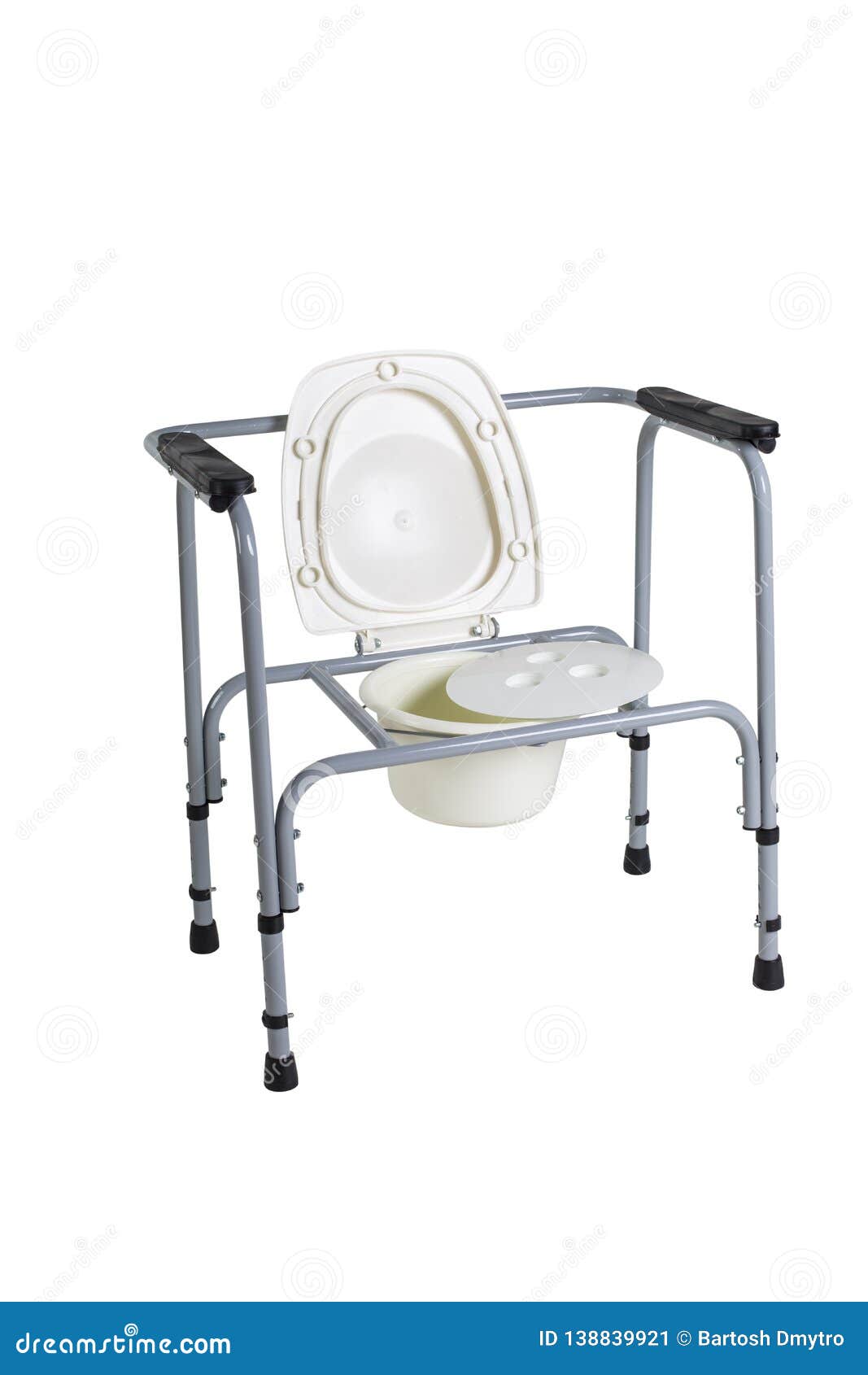

Finding a team sport or other physical activity that your child enjoys, especially one that allows them to engage positively with peers, may help them expend leftover energy and build friendships simultaneously. ExerciseĪ half-hour of physical activity per day is recommended for most people, but children with ADHD may benefit even more from the release of energy that physical activity provides. Helping your child practice age-appropriate meditation or yoga may help both of you to relax more easily and regularly and prevent your child from stimming. People under pressure to get things done quickly and keep up with the rest of the fast-paced world may have difficulty unwinding, and children can pick up these behaviors early.
Add disorder chairs how to#
Learning how to relax can be difficult for people of all ages, regardless of any psychological or emotional diagnosis.
Add disorder chairs professional#
Talk To A Professional Counselor Relaxation

If your child already enjoys music, then music therapy might be an excellent way for them to practice concentration. Experts say that music can positively impact cognitive processing and memory functions. Learning to play an instrument or even dance to music can be beneficial. Music therapy can involve playing along with music, singing, or composing music as well as listening to it. Non-medicinal treatments for ADHD may appeal to families who want to avoid giving medication to their children. ADHD may also be treated by other measures, depending on the individual child. When a child is diagnosed with ADHD, they may be prescribed medication to help the chemicals in the body and brain stabilize. Non-Medicinal Treatment For ADHD And Related Symptoms In these situations, you may be able to help those with ADHD override these patterns and make stimming less necessary. Stimming is generally considered to be a normal part of ADHD people’s self-control, but can cause issues in environments like classrooms where loud or ambulatory stims can be distracting. Some examples of the executive functions that may be more challenging for children with ADHD include: It may be something as simple as the room's volume level or something more complex, such as anxiety.Ĭhildren with ADHD often struggle with one or both of these functions. If you notice that your child is humming louder than usual or rocking faster, you may want to look into what may be bothering them. Some children may rock back and forth while listening to instructions from a teacher or parent.Ī valuable aspect of stimming is that when a child's stimming becomes more aggressive or intense, it may indicate that they are anxious.

For example, humming while reading or listening can be a way for a child to use stimming to keep their mind on track. This stimming behavior can be among children in a class who know that they must remain seated. For example, because children with ADHD may have difficulty sitting still, they may use stimming to satisfy the urge to get up and move around. There are many reasons why a child may use stimming. Recognizing and addressing the trigger stimming behaviors can help manage stimming and improve the individual's well-being. It's important to note that some stimming behaviors could lead to self-injury or be triggered by certain situations.
Add disorder chairs skin#


 0 kommentar(er)
0 kommentar(er)
